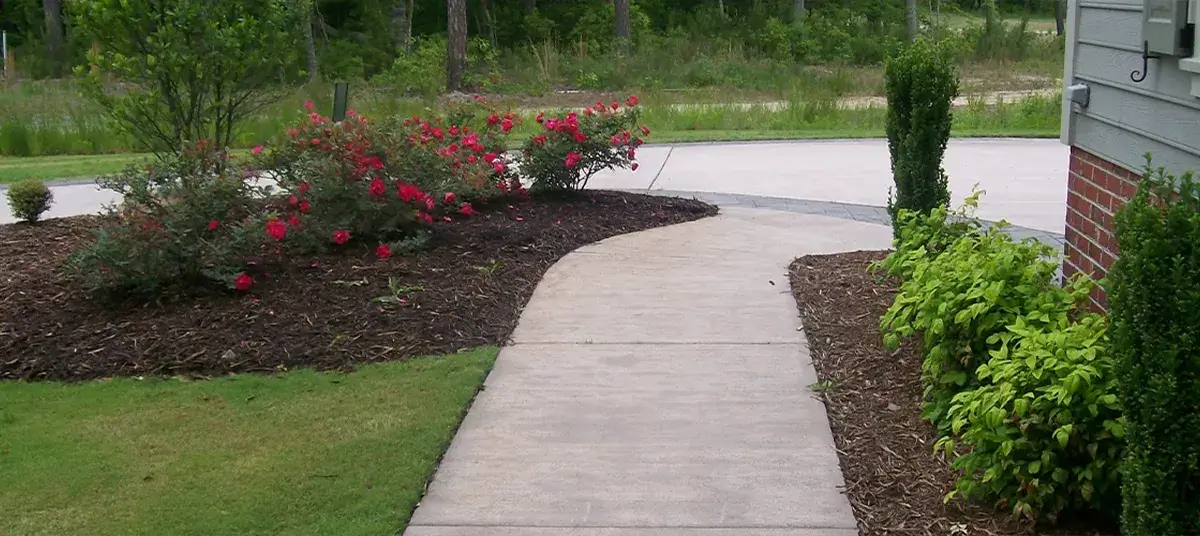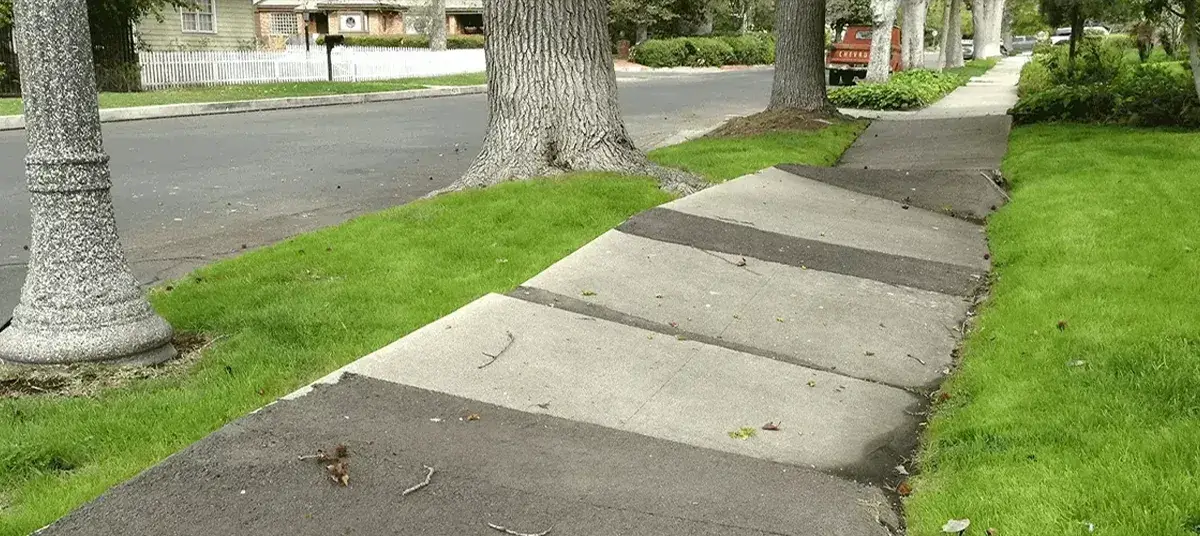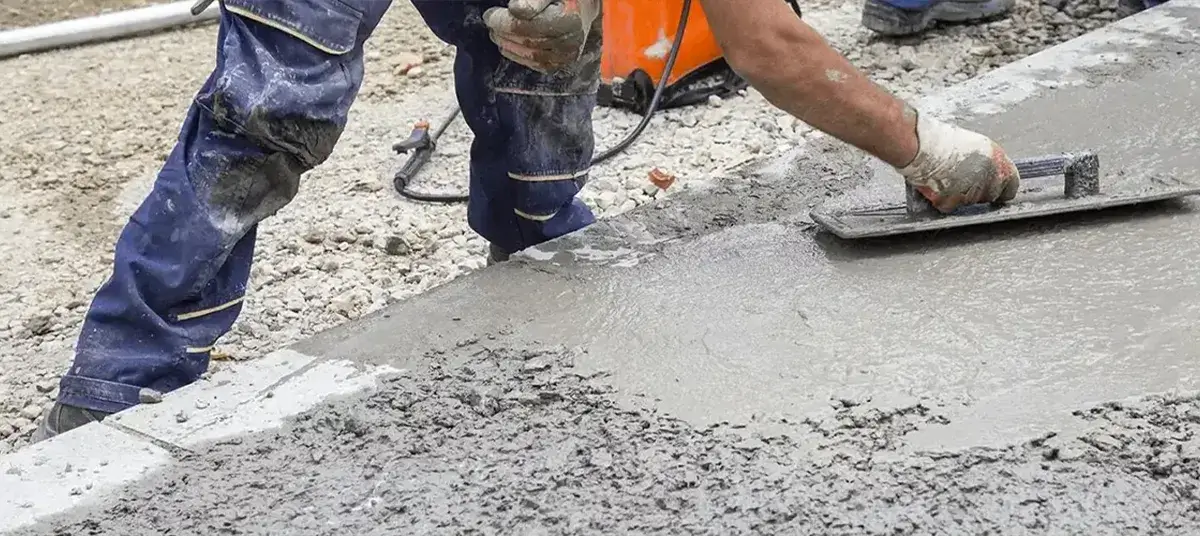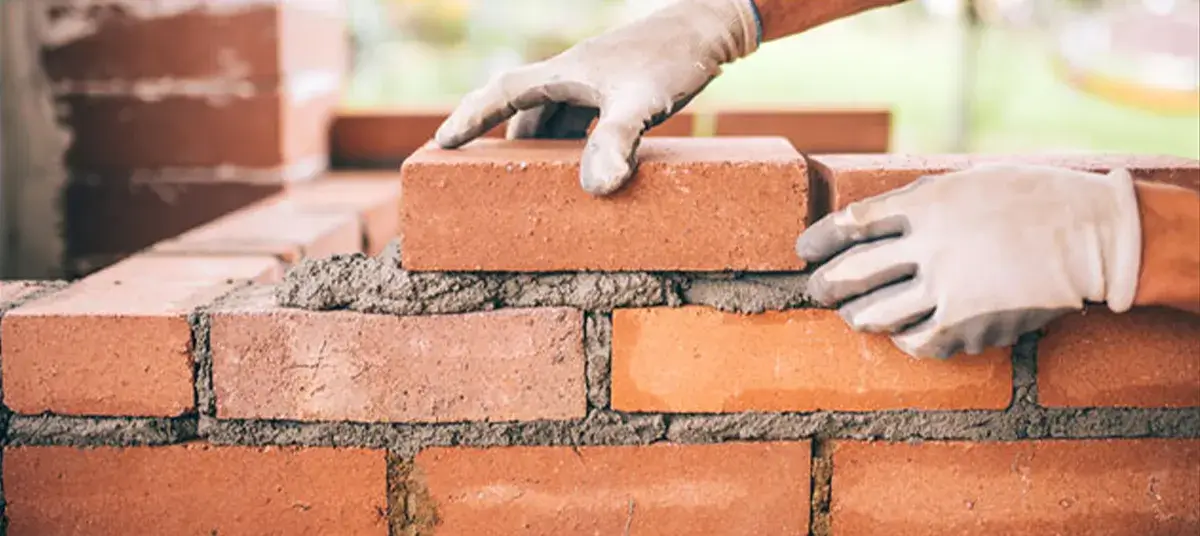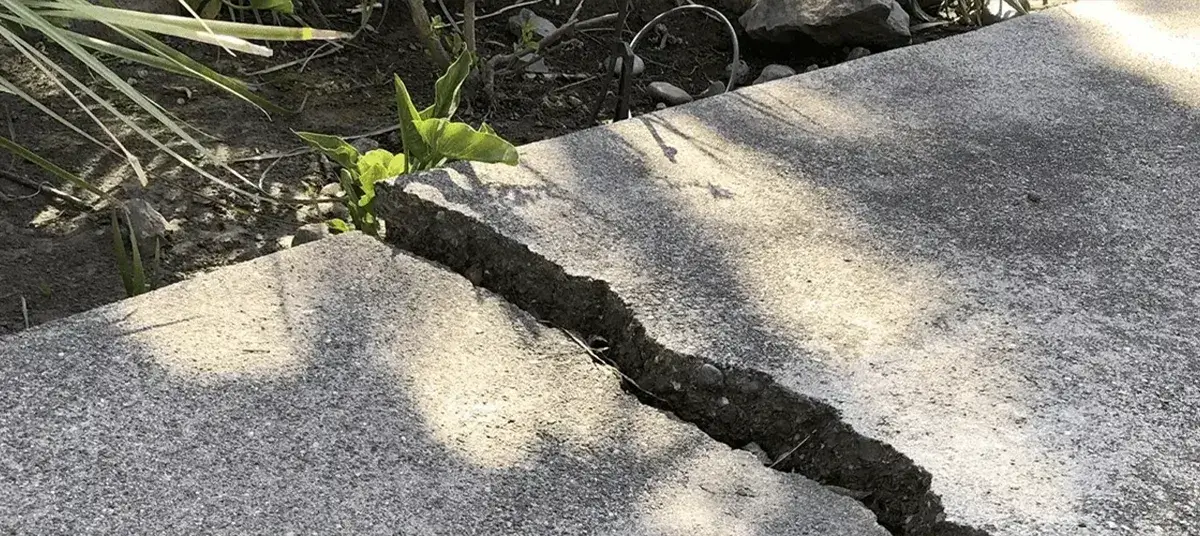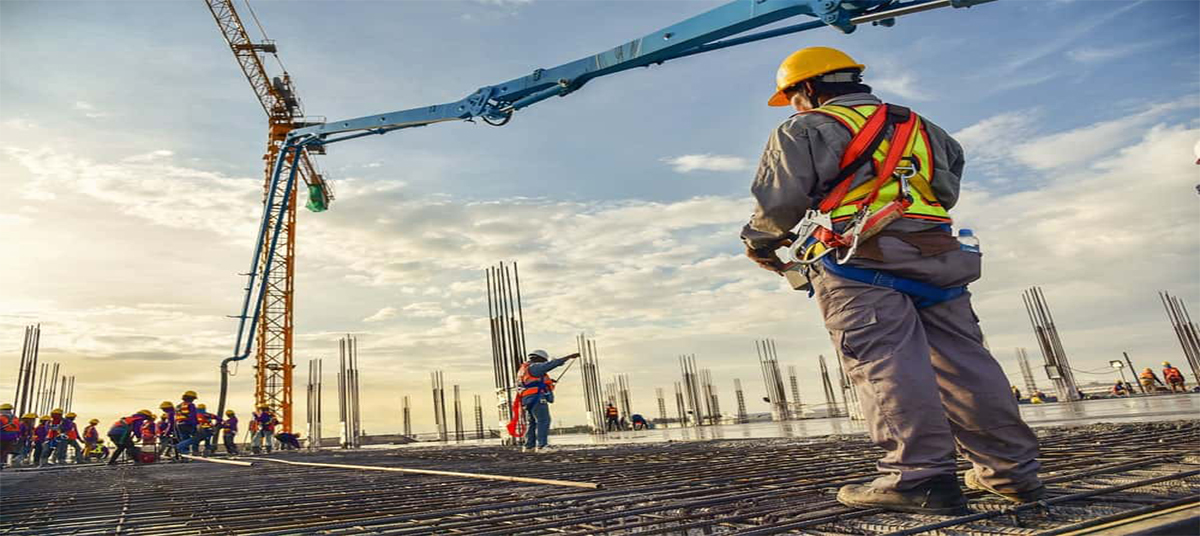Residential Roofing: How to Install a Roof

The condition of your roof can affect the condition of the rest of your house. As a result, it is critical to understand when to install a new roof to avoid potentially costly problems such as flooding and structural damage. A new roof installation is a complicated process, so homeowners must not only carefully select their contractor and understand the process of installing a new roof. Continue reading to learn how to choose a contractor and what steps the contractor will take during the roof installation.
When Might a New Roof Be Installed?
If you are unsure when it is time to replace your roof, there are warning signs you can look for before calling a professional. The following are some signs that you might need a new roof installed.
Age
The roof's age plays a significant role in determining whether or not you require a new roof installation. In general, a roof made of asphalt shingles can last for about 20 years. A metal roof, on the other hand, has a much longer lifespan, ranging from 50 to 80 years when properly maintained. If your roof is nearing the end of its useful life, it is time to consider replacing it to prevent further damage to your home.
Damaged Shingles
Any signs of damage or wear require immediate attention to prevent water from seeping under the shingles and rotting the wood sheathing beneath. When your roof is in good condition, the shingles should lay flat on top of it. If you need a new roof, the shingles will tell you because they will crack, curl, and buckle after years of exposure to the elements. If a shingle is simply cracked or torn, repair it rather than replace it.
Water Damage and Leaks
Although looking at a roof can often tell you when it needs to be replaced, the answer is not always found there. You should check the attic. If you have moisture stains on the walls, paint peeling on the walls and ceiling, or damp rafters, it may be time to install a new roof. Water damage and leaks inside your home are also reasons to investigate the integrity of your roof before it causes structural damage, rot, and other problems.
Mold and moss
Moss, mold, and fungi can grow on the dark areas of the roof and trap moisture, causing damage. It is a persistent and disgusting problem and can shorten the lifespan of a roof, attract pests, and more. There may not yet be any signs of leaks in the roof, but the appearance of this unsightly greenery growing on your shingles can be an indication of future problems.
Sagging
Roof sagging is typically caused by insufficient internal bracing or undersized rafters/trusses combined with heavy loads. Snow, ice, wind, and even too many layers of shingles can cause your roof to sag. When the boards beneath the roof rot, the roof begins to sag. This indicates that it is time to replace it, as the damage will only worsen and the roof may eventually cave in.
Roof Installation Process
Before beginning a major home improvement project, such as a roof replacement, it is critical to understand what your contractor will do throughout the process. The steps a professional will take during the new roof installation are outlined below.
1. Material selection
Material selection depends on technical knowledge and experience while purchasing the required material. You will discuss the types of roof materials that will be used before a contractor begins work on the roof replacement. Depending on the structure of your home, the climate in your location, your budget, and you're aesthetic, you can choose from a variety of materials.
2. Assembling
Setting or assembling things up before the job begins is one way you can help make the process easier and avoid damage to your property. To catch debris, you should move vehicles, cover landscaping with a tarp, and place garbage cans as close to your house as possible.
3. Removal of old roofing material
The removal of the old roof is one of the most important aspects of installing a new one. If you have an asphalt shingle roof, your contractor will pry the shingles off the roof with a shingle fork, beginning at the top and working their way down. The shingles will be disposed of in garbage cans or dumpsters near the house.
4. Flashing removal
After all of the roofing has been removed, the flashing on the roof will be inspected. Flashing, which is typically made of aluminum or galvanized steel, will be installed over roof joints to prevent water seepage. This includes the drip edge and any flashing around the valleys, vents, and chimneys on the roof. If it is necessary to replace it, high-quality flashing will be installed and sealed to keep water out.
5. Applying the drip edge
The drip edge for the roofing is installed in two stages during the roof installation. It is applied before the underlayment on the lower portion of the roof. It is then applied to the roof's sides. First, the metal drip edge will be installed along the bottom edge of the home, over the ice and water barrier. Then it will be nailed flat against the roof.
6. Installing underlayment
Underlayment is critical to the health of a roof. It collects and sheds water, preventing dampness and rot in the sheathing and framing below. First, if there isn't already one, your contractor will install an ice and water barrier. For added protection, the contractor will install it beneath the drip edge, which may require pulling up the drip edge to install it and then fastening the existing drip edge back down. For added strength, the ice and water shield is nailed down along the edge of the roof, and the underlayment is installed.
7. Putting up the new roof
If you have a new shingle roof installed, the contractor will use starter shingles on the bottom and sides of the roof and stagger each row to prevent shingles from leaking water. All nails used to hold the shingles in place will be added just beneath the tar strip on the shingles and installed so that no heads are visible. If you are having a new metal roof installed, the roofer will begin by screwing up the vertical edge, screwing into each of the ridges rather than the flats.
8. Cleaning
In the end, the most important step is to clean the roof after a roof installation to give it a properly clean look. Regular cleaning extends the life of the material. The contractor will clean up any debris that was not already caught in the garbage cans or dumpster to complete this project. The roof will then be inspected to ensure that it was properly installed and that the materials are not defective in any way.
Final Thoughts
It is impossible to overestimate the significance of proper roof installation. It can mean the difference between a long roof life and an early roof failure. A roof installation is a large project, so it is critical to select the right professional for the job. Hire a great roofing contractor to ensure you get a high-quality roof replacement. Dynamic Gc Corp Roofing provides high-quality roofing services. We understand what it takes to provide you with a roof replacement that will make your house the most attractive on the block. Our work is guaranteed, and we charge a reasonable price for it. More importantly, we have satisfied customers for whom we have previously done work. Allow us to complete the incredible work for you while also ensuring your complete satisfaction.




